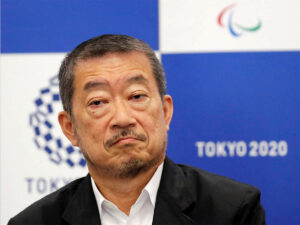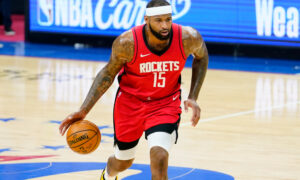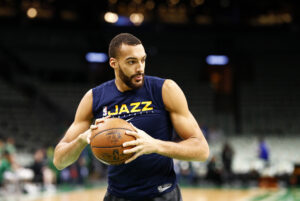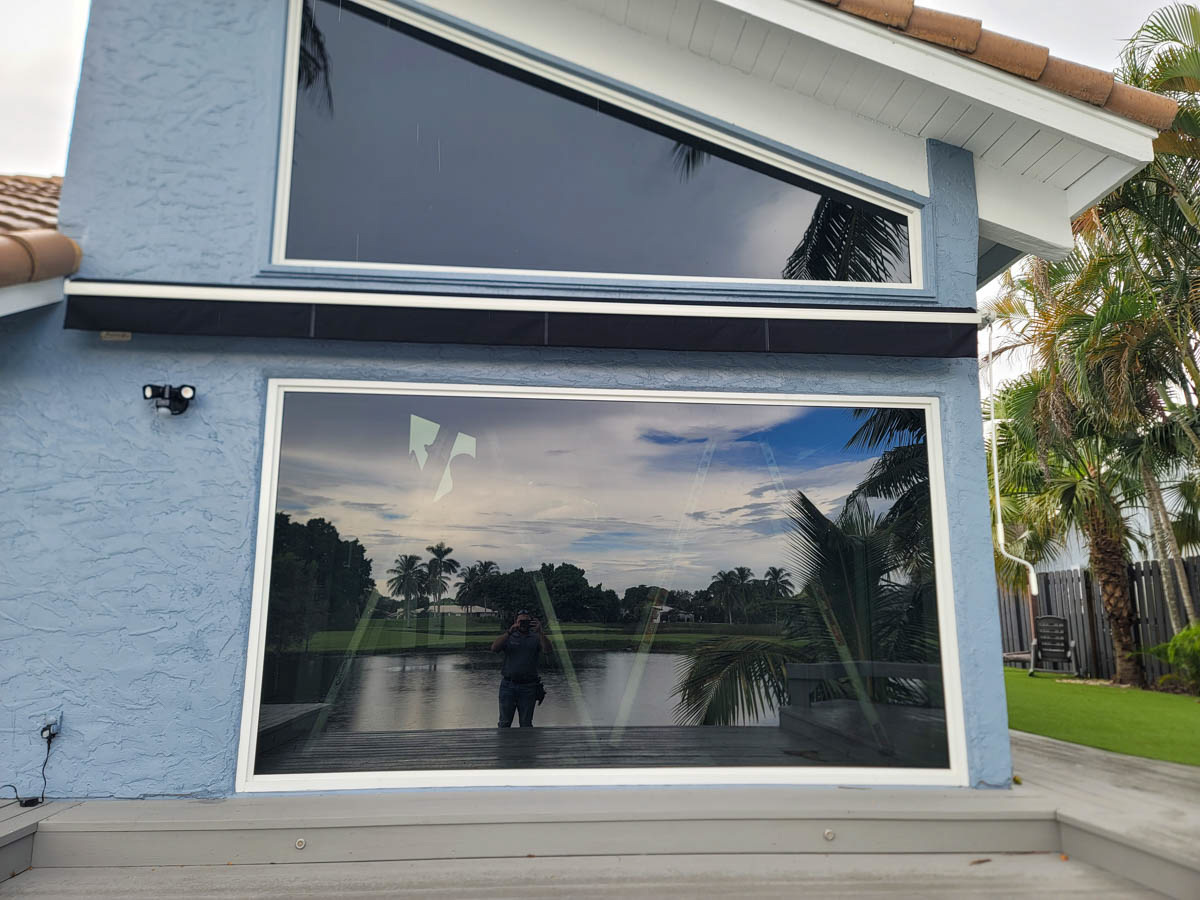Rafer Johnson, Winner of 1960 Olympic decathlon, dies at 86
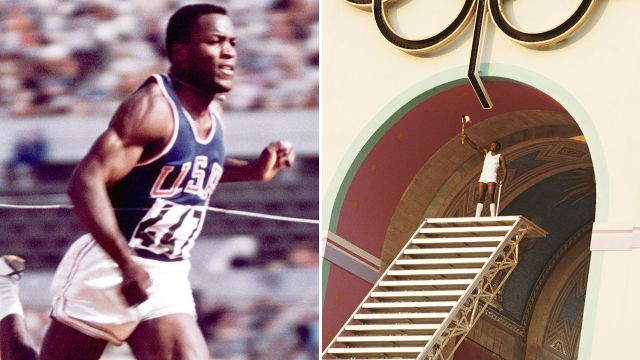
Rafer Johnson, who won the decathlon at the 1960 Rome Olympics and helped quell Robert F. Kennedy’s assassin in 1968, died Wednesday. He was 86.
He died at his home in the Sherman Oaks part of Los Angeles, as per family companion Michael Roth. No reason for death was reported.
Johnson was among the world’s most prominent competitors from 1955 through his Olympic victory in 1960, winning a public decathlon title in 1956 and a silver decoration at the Melbourne Olympics that very year.
His Olympic vocation included conveying the U.S. banner at the 1960 Games and lighting the light at the Los Angeles Memorial Coliseum to open the 1984 Games. Johnson set world precedents in the decathlon multiple times in the midst of a savage competition with his UCLA partner C.K. Yang of Taiwan and Vasily Kuznetsov of the previous Soviet Union.
Johnson won a gold decoration at the Pan American Games in 1955 while contending in his fourth decathlon. At a welcome home meet a short time later in Kingsburg, California, he set his first world record, breaking the characteristic of double cross Olympic victor and his youth legend Bob Mathias.
On June 5, 1968, Johnson was dealing with Kennedy’s official mission when the Democratic up-and-comer was shot in the kitchen of the Ambassador Hotel in Los Angeles. Johnson joined previous NFL star Rosey Grier and writer George Plimpton in catching Sirhan minutes after he shot Kennedy, who passed on the following day.
“I knew he did everything he could to take care of Uncle Bobby at his most vulnerable moment,” Kennedy’s niece, Maria Shriver, said by phone. “His devotion to Uncle Bobby was pure and real. He had protected his friend. Even after Uncle Bobby’s death, he stayed close.”
Johnson later called the death “one of the most devastating moments in my life.”
Conceived Rafer Lewis Johnson on Aug. 18, 1934, in Hillsboro, Texas, he moved to California in 1945 with his family, including his sibling Jim, a future NFL Hall of Fame inductee. Albeit a few sources refer to Johnson’s introduction to the world year as 1935, the family has said that is erroneous.
They at last got comfortable Kingsburg, close to Fresno in the San Joaquin Valley. It was under 25 miles from Tulare, the old neighborhood of Mathias, who might win the decathlon at the 1948 and 1952 Olympics and demonstrate an early motivation to Johnson.
Johnson was a champion understudy and played football, ball, baseball and olympic style events at Kingsburg Joint Union High. At 6-foot-3 and 200 or more pounds, he looked more like a linebacker than an olympic style events competitor.
During his lesser year of secondary school, Johnson’s mentor took him to Tulare to watch Mathias contend in a decathlon, an encounter Johnson later said prodded him to take up the difficult 10-occasion sport.
As a rookie at UCLA, where he got scholastic and athletic grants, Johnson won gold at the 1955 Pan Am Games, and set a world precedent of 7,985 focuses.
Subsequent to winning the public decathlon title in 1956, Johnson was the top choice for the Olympics in Melbourne, however pulled a stomach muscle and stressed a knee while preparing. He had to pull out from the long hop, for which he had likewise qualified, yet attempted to gut out the decathlon.
Johnson’s colleague Milt Campbell, a virtual obscure, gave the exhibition of his life, getting done with 7,937 focuses to win gold, 350 in front of Johnson.
It was the last time Johnson could actually come in second.
Johnson, Yang, and Kuznetzov had their way with the record books between the 1956 and 1960 Olympics.
Kuznetzov, a double cross Olympic bronze medalist who the Soviets called their man of steel,” broke Johnson’s reality record in May 1958 with 8,016 focuses.
Sometime thereafter at a U.S.- Soviet double meet in Moscow, Johnson beat Kuznetzov by 405 and recovered the world record with 8,302 focuses. Johnson prevailed upon the Soviet crowd with his gutsy presentation before what had been a threatening group.
A fender bender and ensuing back injury kept Johnson out of rivalry during 1959, however he was sound again for the Olympics in 1960.
Yang was his essential rivalry in Rome. Yang won six of the initial nine occasions, yet Johnson drove by 66 going into the 1,500 meters, the decathlon’s last occasion.
Johnson needed to complete inside 10 seconds of Yang, which was no little accomplishment as Yang was a lot more grounded running at distance than Johnson.
Johnson completed simply 1.2 seconds and six yards behind Yang to win the gold. Yang acquired silver and Kuznetsov took bronze.
At UCLA, Johnson played ball for mentor John Wooden, turning into a starter on the 1958-59 group. In 1958, he was chosen understudy body president, the third Black to hold the workplace in school history.
“He stood for what he believed in and he did it in a very classy way with grace and dignity,” Olympic champion swimmer Janet Evans said by phone.
Evans last observed Johnson, who went to her 2004 wedding, at a lunch get-together in his honor in May 2019.
“We were all there to fete him and he just didn’t want to be in the spotlight,” she said. “That was one of the things I loved about him. He didn’t want credit.”
Johnson resigned from rivalry after the Rome Olympics. He started acting in motion pictures, remembering appearances for “Wild in the Country” with Elvis Presley, “None But the Brave” with Frank Sinatra and the 1989 James Bond film “License to Kill.” He worked quickly as a TV sportscaster prior to turning into a VP at Continental Telephone in 1971.
In 1984 Johnson lit the Olympic fire for the Los Angeles Games. He took the light from Gina Hemphill, granddaughter of Olympic incredible Jesse Owens, who ran it into the Coliseum.
“Standing there and looking out, I remember thinking ‘I wish I had a camera,’” Johnson said. “My hair was standing straight up on my arm. Words really seem inadequate.”
For the duration of his life, Johnson was broadly known for his compassionate endeavors.
He served on the getting sorted out board of the main Special Olympics in Chicago in 1968, working with organizer Eunice Kennedy Shriver. Johnson established California Special Olympics the next year when positive good examples for the mentally and genuinely impaired were uncommon.
“Rafer really paved the path for many of us to understand the responsibilities that come with being a successful athlete and the number of lives you can impact and change,” Evans said.
Maria Shriver met Johnson unexpectedly at age 10 or 11 through her mom Eunice.
“He and I joked that I’ve been in love with him ever since,” she said. “He really was an extraordinary man, such a loving, gracious, elegant, humble man who handled his success in such a beautiful way and stayed so true to himself throughout his life.”
Peter Ueberroth, who picked Johnson to light the Olympic light in 1984, called him “just one great person, a marvelous human being.”
Johnson worked for the Peace Corps, March of Dimes, Muscular Dystrophy Association and American Red Cross. In 2016, he got the UCLA Medal, the college’s most noteworthy honor for phenomenal achievements. The school’s track is named for Johnson and his better half Betsy.
His kids, Jenny Johnson Jordan and Josh Johnson, were competitors themselves. Jenny was a sea shore volleyball player who contended in the 2000 Sydney Olympics and is on the instructing staff of UCLA’s sea shore volleyball crew. Josh contended in lance at UCLA, where he was an All-American.
Other than his better half of 49 years and kids, he is made due by child in-law Kevin Jordan and four grandkids.
About Author
Disclaimer: The views, suggestions, and opinions expressed here are the sole responsibility of the experts. No Feature Georgia Heralds was involved in the writing and production of this article.
